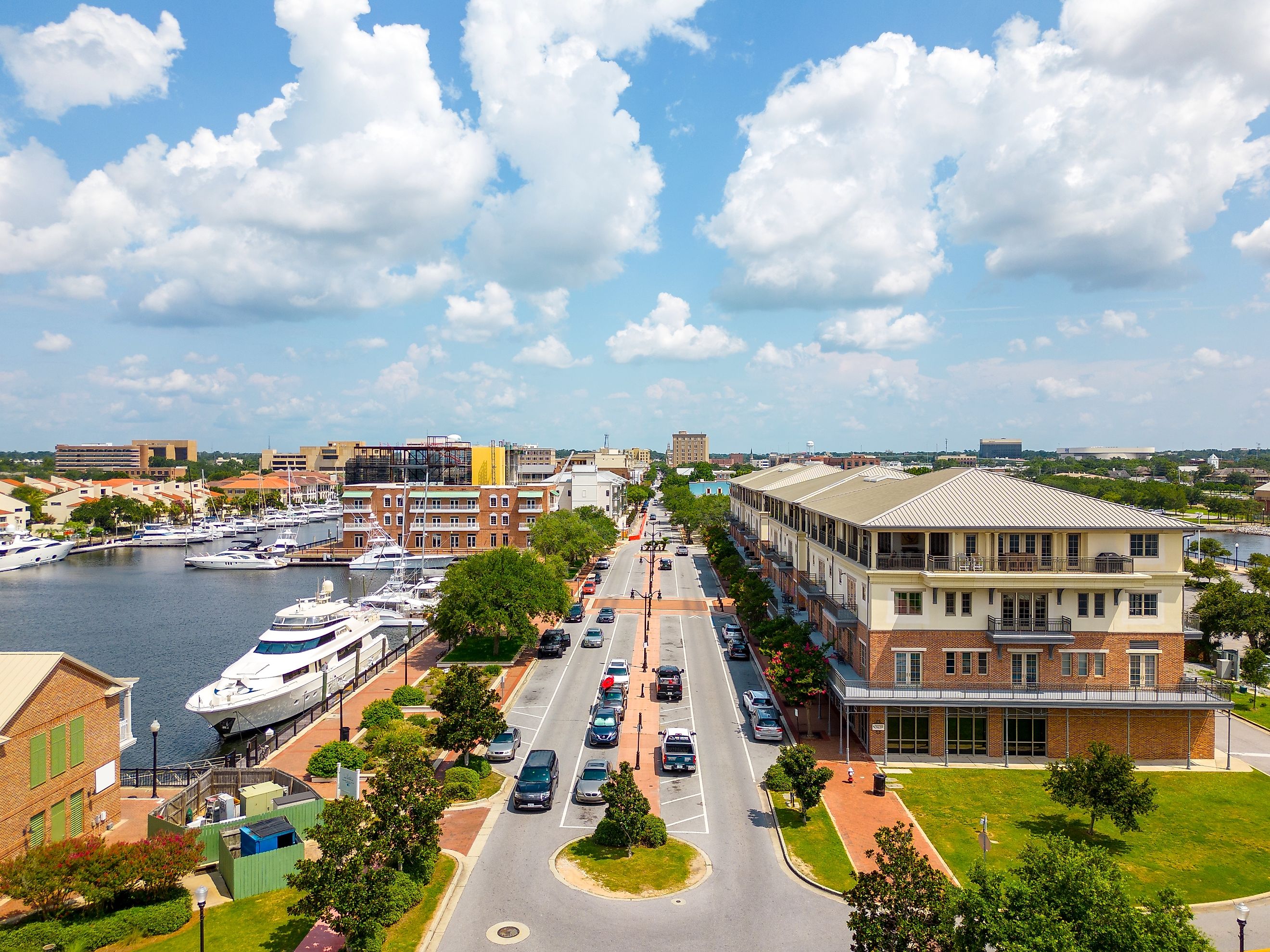
8 Towns On Florida's Emerald Coast That Were Frozen In Time
While the name “Emerald Coast” has become a popular buzzword amongst Florida travelers, no description could embody the region’s splendor better. With sparkling turquoise waters and pristine white-sand shores, the Emerald Coast is by all means a gem. The fitting name was coined in 1983 when a high school student submitted it in a slogan contest. Since then, the title has continued to lure millions to the area’s emerald-hued Atlantic.
However, this breathtaking coastline is not just about its tourist appeal—it also boasts a rich and diverse history. Its shores have seen it all: Indigenous villages, Spanish explorers, American settlers, Civil War battles, and, more recently, the birth of innovative planned communities. With that said, if you are looking to pair history and culture with your coastal getaway, these eight frozen-in-time towns are the perfect escape.
Port Saint Joe
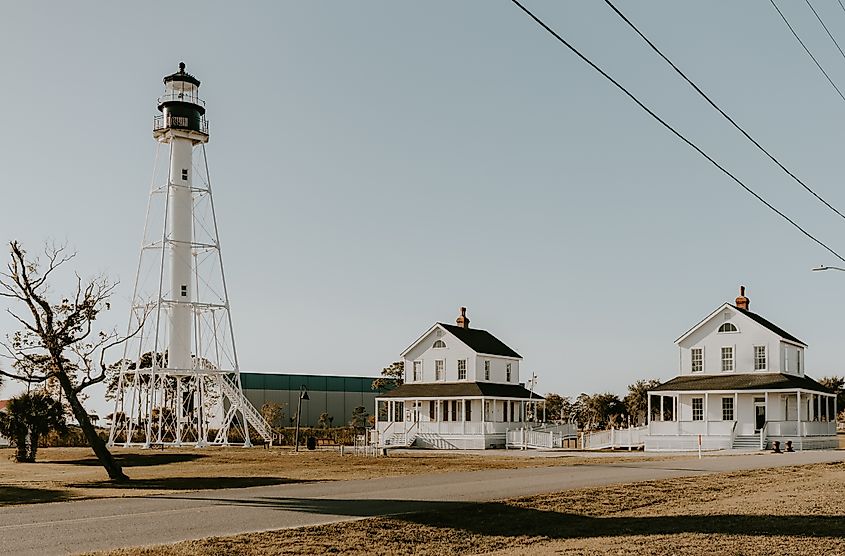
Port Saint Joe is a picturesque Gulf Coast tourist town with a captivating history marked by ups and downs. Today, white sand and sunshine are a thing of beauty here, at uncrowded shores like St. Joe Beach and George Core Park. Local governments have also worked tirelessly to maintain Saint Joe’s small-town feel, even preventing the construction of high-rise buildings. Nevertheless, Port Saint Joe has not always been the serene escape it is today.
Originally called “St. Joseph," the town had a flourishing start as a seaport. By 1838, it became what was once the largest city in Florida. Earning the nickname "Constitution City" due to its role in drafting Florida's constitution, this spirited town seemed poised for a bright future. But not long after, disasters struck: yellow fever, a catastrophic fire, and a hurricane that reduced the town to just a few locals. But like a phoenix rising from the ashes, Port Saint Joe reemerged and re-established itself in 1909 as an industrial town with its paper mill.
In 1999, Port Saint Joe reinvented itself once again when the mill closed, leaning toward its identity as a tourist town. Today, along with its stunning beaches, out-of-towners can appreciate attractions like the Constitution Convention Museum State Park to learn more about the town’s significant past. For views of the waters that ignited the town’s economy as a bustling port, the Port St. Joe Marina is a great follow-up.
Grayton Beach
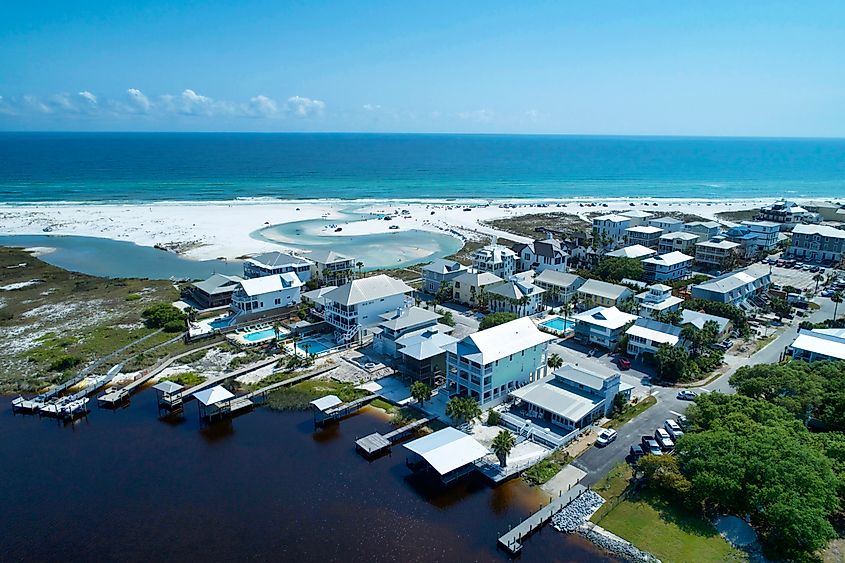
Located between the popular Emerald Coast towns of Destin and Panama City, Grayton Beach is another charming old-world village celebrated for its pristine shores. Its crown jewel is Grayton Beach State Park, a nearly 2,000-acre oasis with a 4.5-mile hiking and biking trail, 59 campsites, and beautiful Western Lake. Its main draw, however, is the gorgeous sugar-sand beaches and refreshing gulf breezes.
Unlike Port Saint Joe, Grayton Beach's tourism roots began much earlier, despite its later founding. Around 1885, Army Major Charles T. Gray established his homestead here, and by the turn of the century, the community began efforts to develop Grayton Beach into a vacation retreat. Though its beginnings were slow, it eventually emerged as a summer resort town, particularly for visitors from nearby DeFuniak Springs.
After a hurricane hit in 1926, the town rebounded, with tourism booming once highways were constructed in the 1930s under President Franklin D. Roosevelt’s New Deal. By the 1960s, Grayton Beach had become the popular vacation destination we know today. These days, visitors can enjoy its historic state park shores and other landmarks, such as The Red Bar. Originally called “The White Elephant,” this fabulous restaurant is housed in what was once the area’s first general store. Visitors can also spend the night in “The Grayton House,” an 1890 structure affectionately called the “Wash-a-Way House” for its survival during the town’s historic hurricane.
DeFuniak Springs
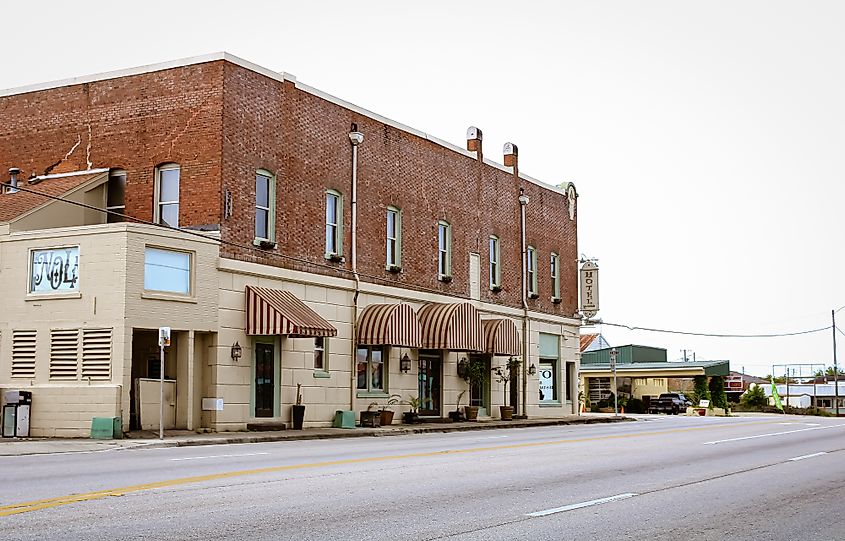
For fans of Victorian architecture and natural beauty, DeFuniak Springs and its famous lake offer a different but memorable escape. Enchanted by the area's charm, railroad surveyors originally named the strikingly symmetrical 40-acre lake "Open Pond," making it a railroad stop in 1882. It was later renamed “DeFuniak Lake” when the town was established in 1901.
In homage to its beginnings, the town was named after Frederick DeFuniak, president of the Pensacola and Atlantic Railroad. But even prior to the town’s official founding, its lake made a mark on history. Notably, Florida's very first Arbor Day was celebrated on the shores of DeFuniak Lake in 1885, with some of its current trees believed to be the original saplings. Today, visitors can enjoy the pretty waters and its historic trees at scenic spots like Chipley Park.
A stroll around Lake DeFuniak can also be described as “a walk back into Victorian times.” Circle Drive is a living historic district surrounding the waters, featuring an array of charming architecture. Highlights include St. Agatha’s Episcopal Church (built in 1896) and the DeFuniak Library. Officially opened in 1887, this landmark is Florida's oldest continually operating library, still functioning in its original building.
Milton
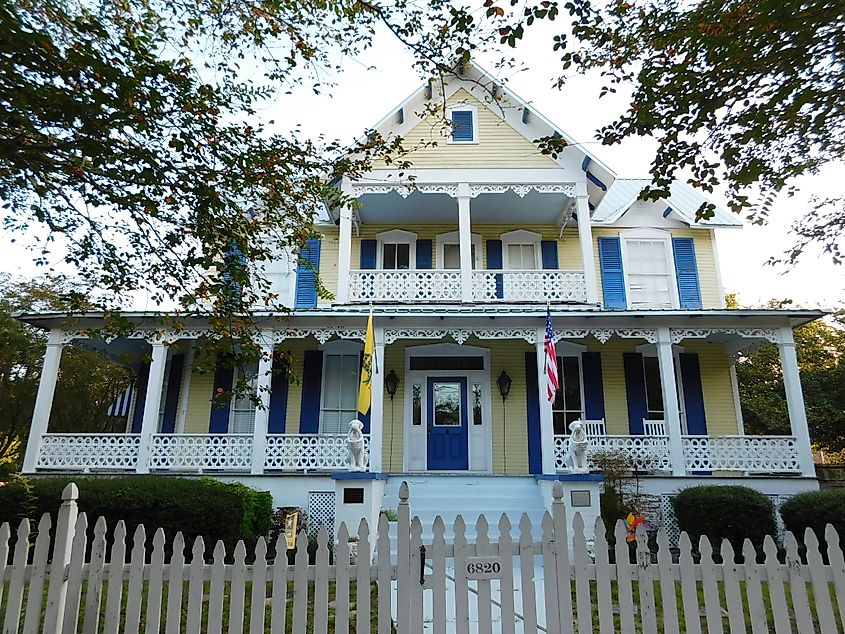
Much like the founding of DeFuniak Springs, the origins of Milton are deeply intertwined with its picturesque waters. In the early 1800s, settlers began to establish their homes along the banks of the Blackwater River, and by 1844, the town was officially incorporated under the Florida Territorial Acts. Today, visitors can discover the stunning landscapes that once attracted those early inhabitants by exploring the 8.1-mile paved Blackwater Heritage State Trail.
While the Civil War once forced Milton to rebuild, the introduction of the railroad in the early 1880s brought new prosperities to the town. However, Milton faced further challenges as it endured a series of devastating fires in the late 1800s and early 1900s, prompting yet another wave of reconstruction. Today, the downtown area stands as a testament to these resilient efforts, featuring 98 beautifully preserved historic buildings within the historic district. This includes landmarks like the iconic St. Mary's Episcopal Church, which was constructed in 1888.
In a strong affirmation of its commitment to preserving its historic heritage, the town also stood against the development of a condominium complex in 2016. This decision ensures that visitors can immerse themselves in the past by embarking on Milton’s self-guided Historic District Educational Walking Tour. Other attractions, such as the West Florida Railroad Museum in Milton, highlight the importance of the town's rich railroad heritage.
Freeport
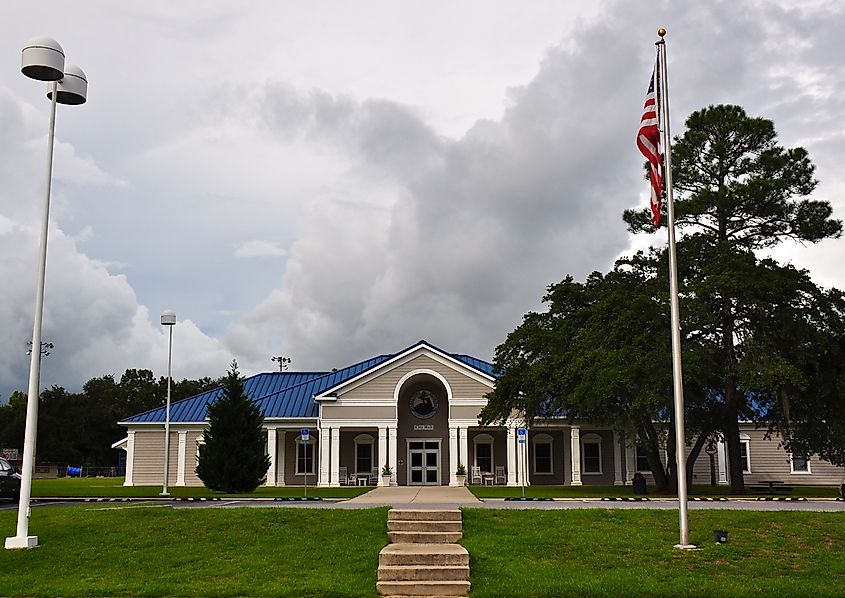
Heading back toward the Grayton Beach area, Freeport is a small, off-the-beaten-path town with a riveting history. The community was officially founded in 1830 as “Genoa” and then “Four Mile Landing,” and like other towns on this list, settlers were drawn to the area’s beauty. Its location on the LaGrange Bayou made it a popular port due to its proximity to the Choctawhatchee Bay and the mouth of the Choctawhatchee River. It was then during the Civil War that the town’s name became “Freeport” due to its docks being free of charge.
Since Freeport's waterways play a vital role in its heritage, waterfronts like Choctaw Beach Park and Harry A. Laird Park are ideal for immersing yourself in the town's coastal culture. The raised boardwalk at Laird Park features scenic overlooks, providing visitors with a chance to connect with the creek and observe local wildlife, just as its settlers would have. Elsewhere in town, Freeport’s Heritage Center is the perfect next stop. Here, you can delve into the town's rich 200-year history through engaging displays and exhibits, guiding you through the various eras of Freeport’s past.
Pensacola Beach
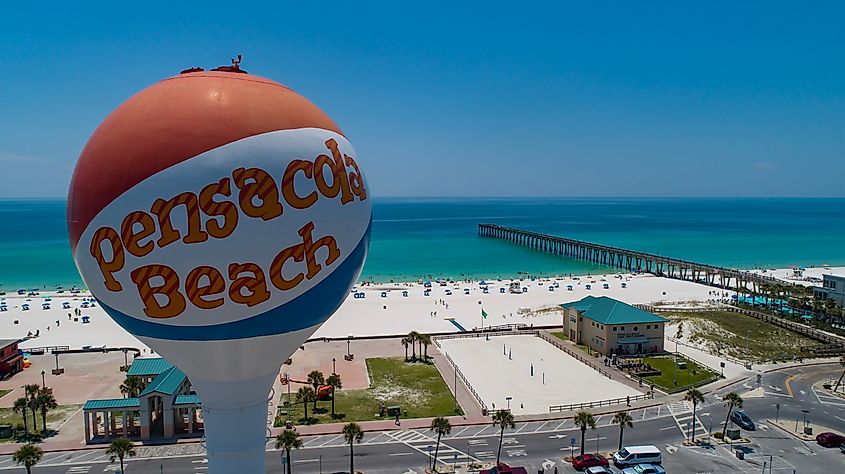
Situated on the barrier island of Santa Rosa, Pensacola Beach is another laid-back historic tourist town with a past marked by triumphs and challenges. For years, the shores were only accessible by boat, until 1931, when 3 bridges were planned to connect the island to the mainland. This marked the beginning of its transformation into a thriving tourist destination—a status it maintains today. And while many visitors flock to attractions like the Pensacola Beach Boardwalk and Gulf Pier, this coastal community has an even deeper history worth exploring.
Beyond its allure as a vacation spot, Pensacola Beach is recognized as one of the oldest colonies in America. The town was originally settled by a Spanish conquistador in 1559, chosen for its location on Pensacola Bay. However, the settlement was short-lived, after being destroyed by a hurricane mere weeks later. Within another 2 years, an additional hurricane motivated the Spanish to abandon the town, and it remained that way for well over 100 years until Atlantic Florida was settled.
By 1834, the US government had completed a military fort on the edge of the island to defend its coastline. Fort Pickens, formerly used by the Union during the Civil War, played a significant role in defending the bay. Today, the fort and its surrounding shores can be visited right in Pensacola Beach.
Seaside

If you are at all familiar with the Emerald Coast town of Seaside, you may be wondering what earned it a spot on this list. Unlike the other towns we have explored, this Emerald Coast gem is far newer, having been founded in 1981 as a master-planned community. Since then, it has blossomed into a popular vacation destination for free spirits and even served as the filming location of the 1998 film “The Truman Show.”
While frozen in time more recently, it is frozen all the same, boasting a postcard aesthetic. The town is recognizable for its groundbreaking New Urbanist design, pastel palette, and striking pavilions that lead to its shoreline. As you wander through the Seaside Farmers Market, explore galleries like Fusion Art Glass, and marvel at architectural landmarks such as The Chapel at Seaside, the town's picture-perfect charm is undeniable.
However, this was hardly by accident. The town’s story began in 1946 when J.S. Smolian acquired land with the intention of creating a summer camp for his employees. Although that vision never materialized, fate had far better plans. With the guidance of architects Andres Duany and Elizabeth Plater-Zyberk, Smolian’s grandson (Robert Davis) and his wife Daryl dedicated decades to researching and crafting this exquisite community.
Rosemary Beach
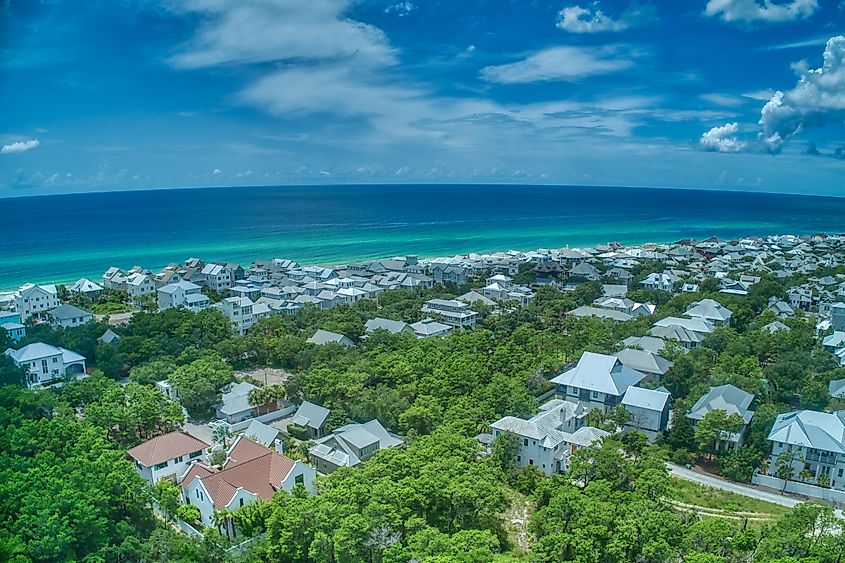
A 20-minute drive from Seaside will bring you to Rosemary Beach, another whimsical planned community that feels frozen in time. Founded in 1995 by Patrick D. Bienvenu, Rosemary Beach is even newer than its counterpart. Under the guidance of Seaside’s architects, this community was meticulously designed to evoke the charm of New Orleans’ French Quarter.
The walkways, cottages, and carriage houses of Rosemary Beach are beautifully infused with European Colonial design. This unique atmosphere not only transports visitors back in time but also outside the bounds of Florida. Ultimately, Bienvenu envisioned Rosemary Beach as a place that reflects a return to simpler times, characterized by walkable streets and close-knit communities, all while embodying an idealized charm.
Beyond its captivating appearance, this neo-traditional community is centered around relaxation. While 3,000 feet of the town’s pristine shoreline is reserved for locals and vacation rental guests, there are public access points available as well. Moreover, Rosemary Beach is home to 9 stunning parks, including an elaborate butterfly garden, providing access to nature amongst the suburban bliss.
Why Visit These 8 Historic Emerald Coast Towns?
While Emerald Coast towns like Destin and Panama City are ideal for a classic beach vacation, these 8 Florida towns will elevate your adventure by offering a more well-rounded getaway. Blending history and nature, towns like DeFuniak Springs merge historic landscapes with districts frozen in the Victorian age. Other coastal towns, like Pensacola Beach, combine stunning beaches with a riveting Civil War past at sites like Fort Pickens. While each of these towns is unique, each also shares the beauty and essence of the Emerald Coast, guaranteeing memories you will treasure for years to come.











